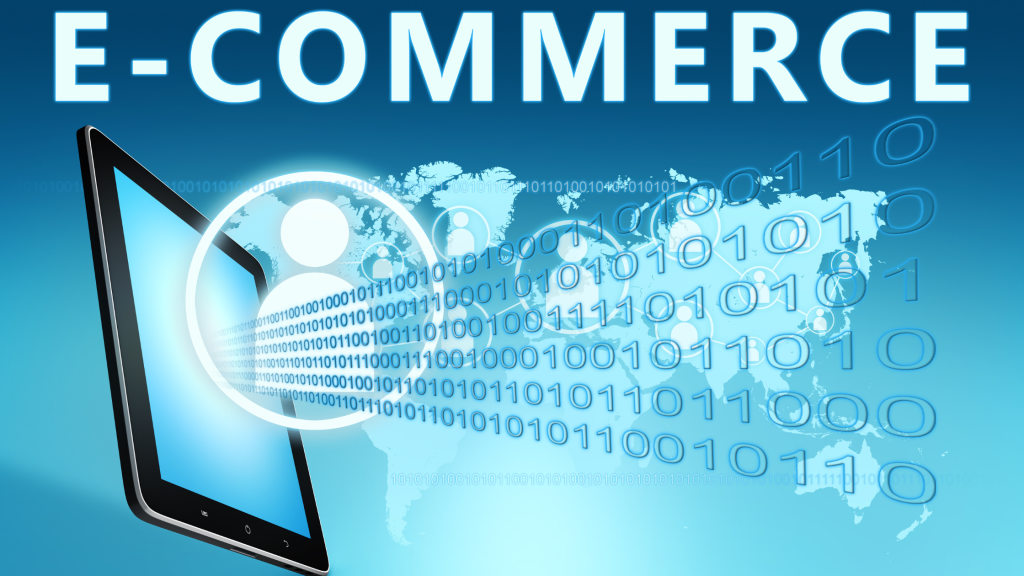Personalization in E-Commerce: The Cornerstone of Modern Retail
Laying the Foundations: The Evolution of Personalization in E-Commerce
The Journey from One-size-fits-all to Tailored Experiences
Historically, the shopping experience was largely generic. We’ve transitioned from a one-size-fits-all approach to highly curated experiences that cater to individual tastes and preferences.
Data-driven Decisions: Big Data’s Transformative Role
The surge of big data ushered in a new era for e-commerce. The ability to analyze vast datasets allowed businesses to pivot from broad-strokes marketing to creating micro-targeted campaigns, ensuring a more impactful connection with customers.
AI and Machine Learning: The Silent Revolutionaries
These technologies are not just buzzwords but have tangibly transformed the way businesses understand and interact with customers. They power recommendation engines, predict future buying behaviors, and continually refine user experiences.
Impact and Outcomes: What Does Personalization Bring to the Table?
Boosting Conversion Rates
Personalized product recommendations and content can significantly increase the likelihood of a casual browser turning into a committed buyer, enhancing overall conversion rates.
Cultivating Brand Loyalty
When customers feel seen and understood, they develop a deeper connection to the brand, resulting in repeat purchases and long-term loyalty.
Enhancing User Experience
Personalization isn’t just about sales; it’s about creating a seamless and engaging user experience, ensuring that customers enjoy their online shopping journey.
Personalization’s Role in Upselling and Cross-Selling
A nuanced understanding of customer preferences can lead to effective upselling and cross-selling strategies, driving up the average order value.
Technologies Driving E-Commerce Personalization
Dynamic Content Display
Gone are the days of static web pages. Today, users are met with dynamic content that shifts based on their interactions, location, and past behaviors.
AR/VR: Enhancing the Digital Shopping Experience
Augmented and Virtual Reality tools offer users immersive experiences, from virtual try-ons to 3D product views, simulating the in-store experience from the comfort of their homes.
Integration of IoT in E-commerce
The Internet of Things, with smart devices, can further tailor shopping experiences. Imagine your smart fridge suggesting recipes and then guiding you to purchase ingredients online.
The Real-world Impact: E-Commerce Giants and their Personalization Strategies
Amazon’s “Customers Who Bought This Also Bought”
Amazon’s intricate algorithms analyze buying patterns, ensuring users are always presented with products that pique their interest.
Spotify’s “Discover Weekly” and E-commerce
While Spotify is primarily a music platform, its personalization approach, curating weekly playlists based on listening habits, offers e-commerce businesses a lesson in keeping users engaged and coming back for more.
The Ethical Considerations and Challenges
Data Privacy Concerns
In an era where data breaches are frequent, e-commerce platforms must prioritize data security, ensuring user information is protected and not misused.
The Risk of Over-personalization
Walking the tightrope between being helpful and being intrusive is crucial. Too much personalization can alienate users who value their privacy.
Preparing for the Future: Next Steps in E-commerce Personalization
Integration of Biometrics
From fingerprint recognition for payment authentication to emotion detection technology that tailors product recommendations based on mood – the future is both exciting and challenging.
The Merge of Online and Offline Retail
With technologies like AR and IoT, the boundaries between online and offline retail will blur, resulting in a comprehensive, integrated shopping experience.
Conclusion: The Ever-Evolving Landscape of E-Commerce Personalization
As e-commerce continues its meteoric rise, the importance of personalization will only grow. It’s no longer a ‘nice to have’ but a ‘must-have’ for businesses aiming for long-term success and customer loyalty. Brands that can anticipate needs, innovate based on user behaviors, and remain agile in the face of technological advancements will lead the charge in the next wave of e-commerce evolution.

